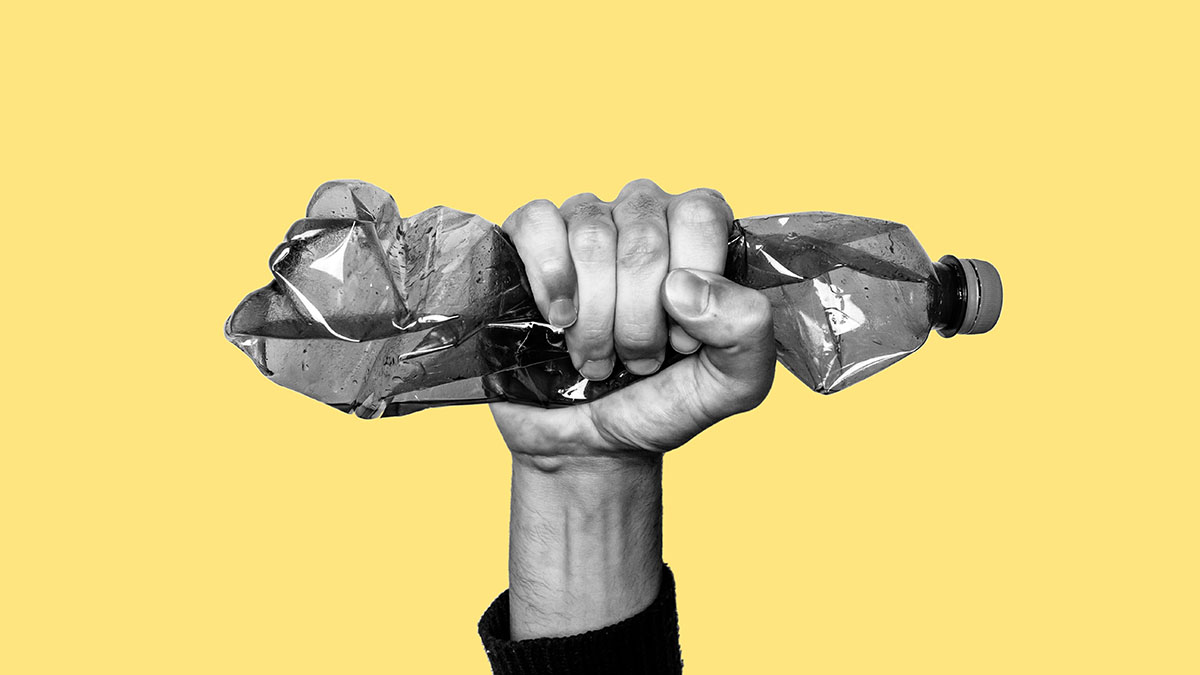why we need to give up plastics as soon as possible

According to an ancient Greek proverb, societies become great only when old men plant trees in whose shade they know they’ll never sit. In this regard, our current society is an abject failure as far too many members of the current generations of old men are actively cutting down said trees even as their kids and grandchildren try to find shade on blazing summer days. Perhaps one of the best examples of that has been the resistance to phasing out plastics and chemicals known as PFAS, linked to significantly lowering fertility over the past half century.
And while there’s at least some pressure building to avoid PFAS chemicals found in materials like teflon, plastics remain an utter disaster, so much so that civilizations millions of years from now would know we existed by the plastic waste in sediment lines, the steps taken to limit how much plastic view use have been very limited at best, and scientists are worried that we’re now eating and drinking plastics we’re finding in every nook and cranny of the environment. The jury is still out on exactly how dangerous this is, but very few think there’s nothing to worry about.
Simply put, it seems rather unlikely that ingesting up to a few grams of petroleum byproducts per week while they release thousands of potentially harmful chemicals as they break down into ever smaller fibers and pieces, is perfectly safe for us. Just like asbestos fibers and carbon dust literally rubbed and scraped lung cells open, it makes sense that micro and nano plastics could also increase the risk of cancers and infections simply by getting in the way of normal metabolic and bodily functions for decades on end.
how “miracle materials” of the past failed us
At this time, more definitive data is still being gathered, but we’ve had far too many examples of “harmless miracle materials” that turn out to be anything but not to take this risk seriously. Lead was great in fuel, paint, and plumbing until we realized it was a potent neurotoxin. Asbestos was a magic construction material until it was discovered that, as any lawyer will tell you a few dozen times a day, it causes mesothelioma. And we’ve already touched on the hidden cost of PFAS in non-stick surfaces, which, by the way, can also cause birth defects.
But wait, you might say, can’t we just recycle plastics? Yeah, about that. According to experts, we really can’t. Only a small subset of plastics being produced are recyclable and little of what has been recycled actually finds its way into new products despite what labels and ads might imply. Companies which make plastic packaging keep giving us the impression that if we just put all our plastics into those blue bins, they won’t end up in landfills or our organs, and have no incentive whatsoever to correct our erroneous assumptions based on their promises.
So, if you ever wondered why scientists and environmentalists are panicking about plastics in the oceans, groundwater, and soil while staring at the friendly “recycle me to keep the planet clean!” message on your bottle of soda, now you know. Only 9% of all plastic waste is actually recycled, and that bottle has less than a one in three chance to become something else since plastic packaging often requires a certain purity to pass quality control, and pellets of recycled material often don’t make the cut.
the necessary search for what comes next
The middle of the past century saw an explosion of new chemicals being used in every facet of life, with scientists and businessmen so eager to apply and monetize their discoveries that any question of long term safety fell by the wayside. Lead meant no more engine knocks, easy to shape, durable pipes, and moisture-resistant paint. Asbestos provided fantastic insulation and was an excellent fire retardant. PFAS made cleaning a breeze. Plastics meant clean and cheap packaging in just about any form you could imagine.
While basking in profit and accolades, it was a bitter pill to swallow that lead was literal poison that deeply affected the problem-solving and temper regulation abilities of several generations, that asbestos caused cancer and lung disease, that PFAS led to lower sperm counts and birth defects, and that plastic waste is now omnipresent and isn’t going anywhere for centuries, if not millennia without extreme effort on our part. So bitter in fact, that companies still fight tooth and nail to downplay or disregard scientific findings showing that their products were dangerous.
The bottom line here is that we need to move on from plastics and focus on technologies that will allow us to clean up the current mountains of waste. We need to focus on materials that are truly recyclable, reusable, and can break down into inert, safe components. Sure, a life of single use everything produced at vast scales was very convenient and the necessary changes will require a lot of new regulations, economics metrics, research, and testing, but ultimately, it’s far better for both the environment and our health to live in a world where we take our safety and the environment a lot more seriously than we do today.





